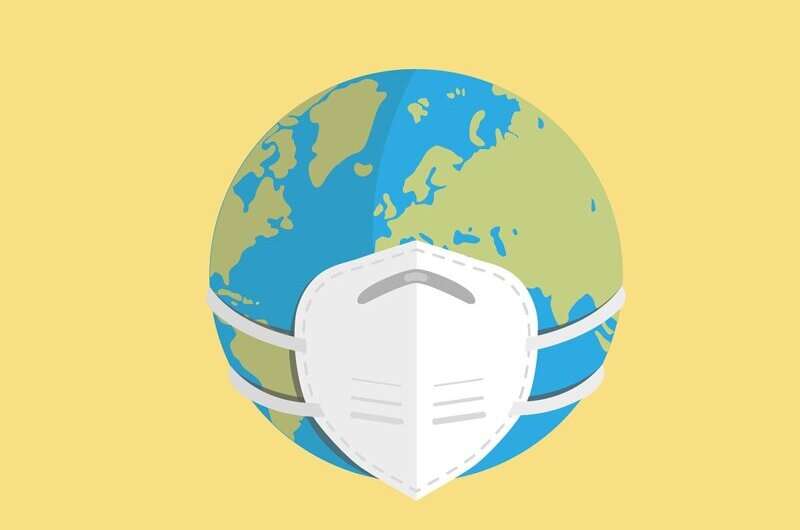This article has been reviewed according to Science X's editorial process and policies. Editors have highlighted the following attributes while ensuring the content's credibility:
fact-checked
proofread
Researcher discusses importance of communicating to the public during a pandemic, and the personal risk it can entail

In global crises like the COVID-19 pandemic, it is vital that scientists step forward to engage with the public and help deliver medical and scientific advice in a friendly, digestible and open format. While the traditional way for scientists to do this is by responding to media requests, alternatives, including collaborating with illustrators and local communities, will be discussed in a new evidence review given at this year's ESCMID Global Congress (formerly ECCMID) by Associate Professor Siouxsie Wiles of the Bioluminescent Superbugs Lab, University of Auckland, New Zealand.
In the talk, microbiologist Dr. Wiles will discuss her collaboration with cartoonist Toby Morris to present information about COVID-19 in a digestible, easy-to-read, "bite-size" and shareable format. The first graphic they produced together, called "Flatten the curve," showed with a simple graph that by adopting measures to prevent the spread of COVID-19, countries could reduce the rate at which their populations became infected, and thus reduce the flow of people into hospital and ultimately in intensive care units. Their graphic was an instant hit on social media and was shared millions of times online.
Also used in mass population communications was another graphic by Wiles and Morris, essentially a sideways pyramid which shows how a person's individual actions (such as not going to a party, not boarding a flight) can break transmission chains, with their individual actions taken together having a big impact on the flow of people infected.
Together the pair produced over 70 graphics, including alternatives to "touch" greetings such as handshakes, and an explanation of mRNA vaccines. Each graphic was published online on New Zealand media organization The Spinoff's website alongside explainer pieces written by Wiles. The graphics were also shared on social media under a Creative Commons license.
As well as her collaboration with Morris, Wiles also gave several thousand media interviews over the first two years of the pandemic. Like many scientists around the world, these have resulted in her receiving abusive, threatening and personally insulting messages, many of which featured in a recent documentary about Dr. Wiles called "Ms. Information." The harassment, including death threats, have left her anxious about her role in public life.
Dr. Wiles will detail some of her own difficult experiences being the target of abuse as well as the challenge of getting support from her employer, the University of Auckland—a challenge which culminated in a three-week hearing at New Zealand's Employment Court in November last year. A judgment is expected later this year.
To deal with the growing harassment of researchers, the Netherlands has taken a sector-wide approach, creating a website called SafeScience (WetenschapVeilig), where scientists, managers and other employees working at Dutch universities and certain research institutes can log incidents and access resources to support scientists subjected to threats, intimidation or hate speech. Researchers can also call the SafeScience control room, which is staffed by security consultants from a specialized company.
Despite the ups and downs of her experience, Wiles says she would step up again if another pandemic emerged.
"I would, because I am already a target, but I am concerned about others who step up who aren't prepared for how bad it can get, especially if their employer doesn't adequately support them."
More information: Presentation 4032-3 'Scientific communication to the public during medical emergency' at the ESCMID Global Congress (formerly ECCMID), taking place at 0930H AM Barcelona local time on Sat 27 April.




















